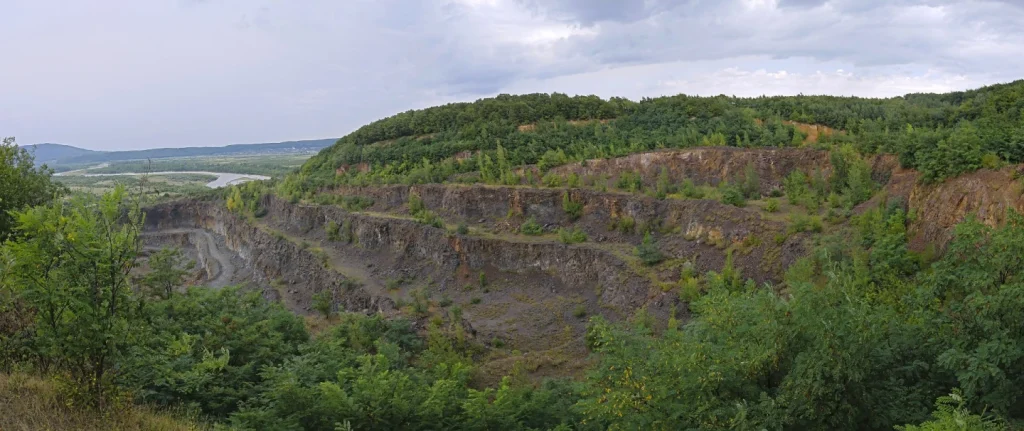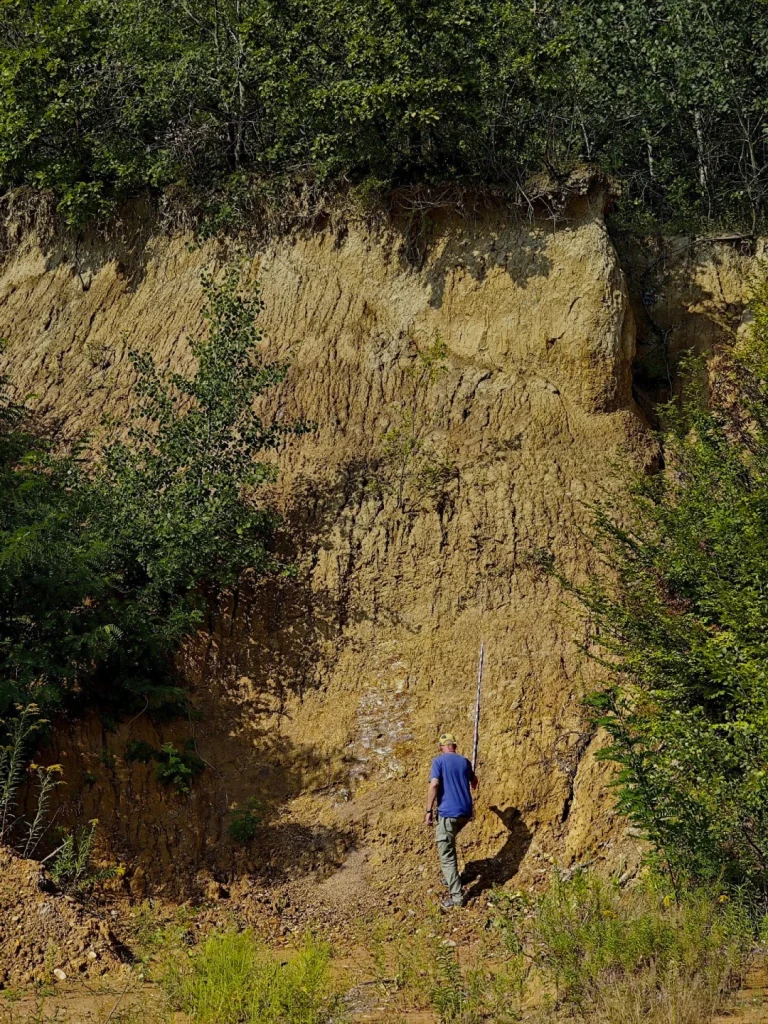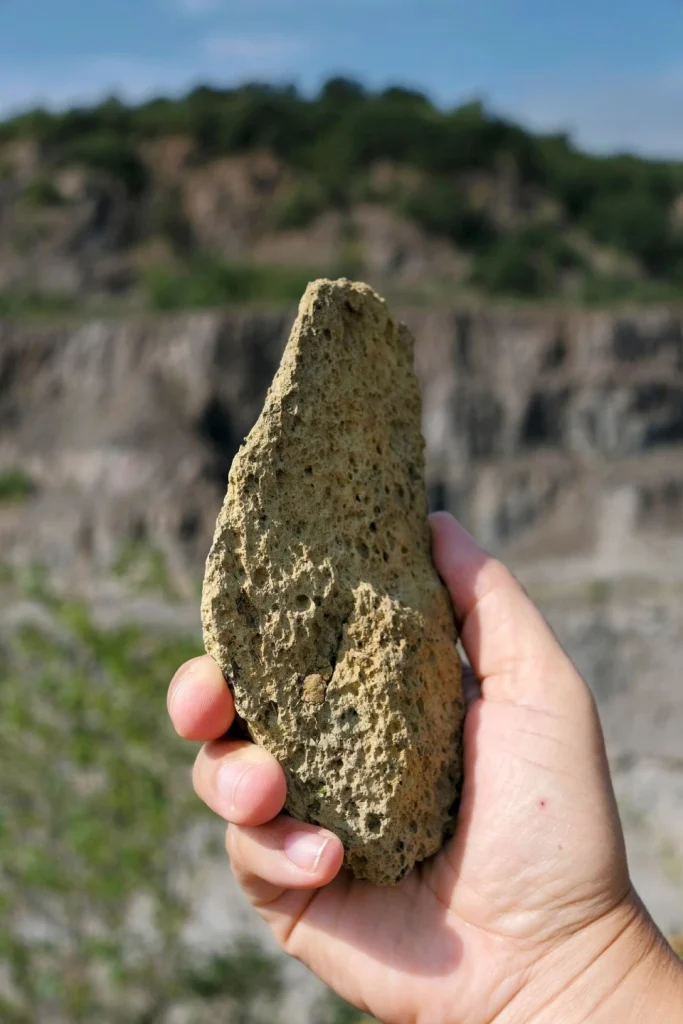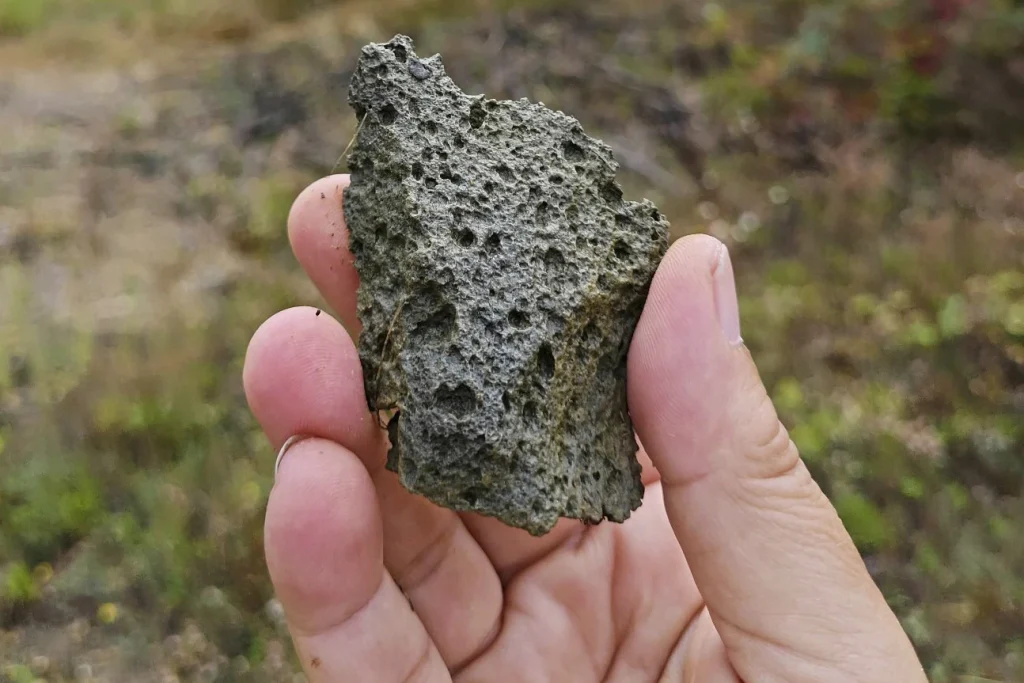The discovery of stone tools in Ukraine has unveiled a fascinating chapter in the annals of European prehistory.
Dating back over 1 million years, these chipped stone artifacts provide valuable insights into the technological capabilities and lifestyles of early human populations in the region.
Believed to have been utilized for tasks such as cutting meat and scraping animal hides, these tools represent a significant milestone in the evolution of human tool-making practices.
This essay delves into the significance of these ancient artifacts, the implications of their age, and the broader context of early human occupation in Europe.
The stone tools unearthed in Ukraine are believed to be among the oldest in Europe, with researchers suggesting that they may date back as far as 1.4 million years.
These chipped stone artifacts, crafted through a process of deliberate flaking and shaping, exhibit signs of intentional design and craftsmanship.
The presence of these tools in the archaeological record speaks to the resourcefulness and adaptability of early human populations as they navigated the challenges of their environment.
The functionality of these stone tools provides clues about the daily activities and subsistence strategies of the individuals who crafted and used them.
The cutting edges of the tools suggest that they were employed for tasks such as butchering animals and processing hides, highlighting the importance of hunting and animal processing in the survival strategies of early humans.
The precision and skill required to create these tools underscore the cognitive abilities and dexterity of our ancient ancestors, shedding light on their ingenuity and problem-solving capabilities.
While researchers initially proposed an age of 1.4 million years for the stone tools found in Ukraine, some experts have raised questions about the methodology used to determine their age.
Alternative assessments suggest that these artifacts may be slightly younger, with estimates placing them at just over 1 million years old.

This discrepancy in dating highlights the complexities of archaeological dating techniques and the challenges of accurately determining the age of ancient artifacts.
The debate surrounding the age of the stone tools underscores the importance of rigorous scientific inquiry and peer review in archaeological research.
By subjecting their findings to scrutiny and critique, researchers can refine their interpretations and arrive at more precise conclusions about the chronology of human occupation in different regions.
The ongoing dialogue among experts in the field serves to enrich our understanding of the past and ensure that interpretations are grounded in sound evidence and methodology.
The discovery of these ancient stone tools in Ukraine adds to a growing body of evidence regarding the early peopling of Europe.
Comparable artifacts have been unearthed in other regions, such as Spain, suggesting a widespread distribution of early human populations across the continent.
The similarities in tool technology and design point to the exchange of ideas and cultural practices among different groups of early humans, underscoring the interconnectedness of prehistoric societies.
By situating the stone tools within the broader context of European prehistory, researchers can trace the movements and interactions of ancient human populations as they spread across the continent.
The study of stone tools, in particular, provides a tangible link to the past, offering insights into the material culture and technological innovations of early societies.
Through the analysis of these artifacts, archaeologists can reconstruct the lifeways and social dynamics of ancient communities, piecing together a more comprehensive narrative of human history.
The discovery of stone tools in Ukraine dating back over 1 million years represents a significant milestone in our understanding of European prehistory.

These artifacts offer a window into the technological prowess and adaptive strategies of early human populations, shedding light on their daily activities and subsistence practices.
The debate surrounding the age of these stone tools underscores the complexities of archaeological dating methods and the importance of scholarly discourse in refining our interpretations of the past.
As researchers continue to investigate the origins and spread of early human populations in Europe, the study of ancient artifacts such as these stone tools will remain crucial in piecing together the puzzle of our shared human heritage.
By unraveling the mysteries of the past, we gain a deeper appreciation for the ingenuity and resilience of our ancestors, whose innovations laid the foundation for the diverse cultures and societies that have since flourished on the European continent.
In conclusion, the stone tools discovered in Ukraine stand as silent witnesses to a bygone era, offering tantalizing glimpses into the lives and achievements of our ancient forebears.
Through careful study and analysis, we can unlock the secrets of these artifacts and weave together a more nuanced narrative of human evolution and cultural development in Europe.
The discovery of chipped stone tools provides a fascinating glimpse into the ancient practices of early humans.
These tools, believed to have been utilized for cutting meat and potentially scraping animal hides, offer valuable insights into the technological advancements and adaptability of our ancestors.
The debate surrounding the age of these tools further adds to the intrigue, with researchers proposing an age of up to 1.4 million years, while other experts argue for a slightly younger age of just over 1 million years.
This discrepancy in dating methodologies underscores the complexities of archaeological research and the challenges inherent in accurately pinpointing the timeline of human evolution.
The significance of these chipped stone tools lies not only in their potential age but also in the activities they were likely used for.
Cutting meat and processing animal hides are essential tasks that would have been crucial for survival in ancient times.
The precision and craftsmanship required to create such tools speak to the ingenuity and resourcefulness of early humans in adapting to their environment and utilizing available resources to meet their needs.
Furthermore, the comparison of these tools to other ancient artifacts discovered in Spain provides valuable context for understanding the cultural and technological landscape of that region during the same time period.
The similarities in age between these tools and other archaeological finds suggest a shared timeline of human activity and innovation, shedding light on the interconnectedness of early human populations and the spread of technological advancements across different regions.
As we delve deeper into the study of ancient tools and artifacts, we are continually reminded of the rich tapestry of human history and the remarkable achievements of our ancestors.
The meticulous analysis of chipped stone tools not only offers a window into the past but also prompts us to reflect on our own technological progress and the ways in which we continue to build upon the foundations laid by those who came before us.

In conclusion, the discovery of chipped stone tools used for cutting meat and scraping animal hides serves as a testament to the creativity and adaptability of early humans.
The ongoing debate surrounding the age of these tools highlights the complexities of archaeological research and the need for rigorous methodology in dating ancient artifacts.
By studying these tools and their significance in the broader context of human evolution, we gain a deeper appreciation for the ingenuity and resilience of our ancestors and the enduring legacy of their technological innovations.
